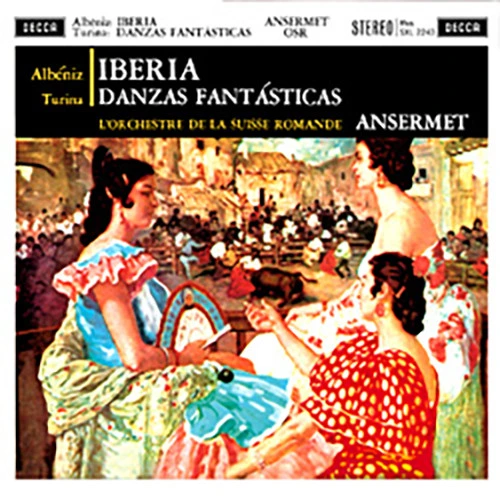New 2025 collection! From a very meticulous collector, this comes from a collection great highly sought-after items! Long Out Of Print, won't last long! Only 1 Copy Available!
Vinyl Grade: Sealed
Jacket Grade: Mint
This is not an historical recording: quite the opposite. Tacet’s tube-only recording technique, renowned for their crystal clarity and spaciousness, score another triumph here. Yet the music is heard in the original interpretations, accurate to within a hair’s breadth. The key to the mystery is that the original performer was present at the recent recording session, but not physically. As if by time machine, the music is heard played on a modern Steinway, without the loss of sound quality usually inevitable with historical recordings. Never has music stored in the Welte-Mignon system sounded so "right" and so well. And because the mechanism of the Welte-Mignon system has recently been meticulously adjusted by the leading expert, Hans W. Schmitz, it is now possible to get to know the interpretations of yesteryear really well - and the results are sometimes unexpected. The Welte-Mignon’s treasures are only now systematically unveiled - by Tacet - because at last the necessary requirements have been met. The Welte-Mignon "player-piano" and its reproduction mechanism were invented in 1904.
Selections:
Danzas Espanolas Op. 37
1. No. 10 Danza triste G-Dur No. 2778 (Welte-Mignon Catalogue No.)
2. No. 7 Valencia o Calesera G-Dur No. 2779
3. No. 5 Andaluza e-Moll No. 2780
4. Goyescas, Primera Parte No. 3, El Fandango de Candil
(Dance By Candlelight) No. 2785
5. Valses poeticos Op. 10 No. 2781
6. Piece de Scarlatti No. 2782
7. Goyescas, Primera Parte No. 4 Quejas o la Maja y el Ruisenor
(The Lady and the Nightengale) No. 2786
Granados Danzas Espanola Nos. 5, 7 & 10 180g LP
Enrique Granados
$59.99
Availability: In Stock
| In Stock | An In Stock item is available to ship normally within 24 business hours. |
|---|---|
| Preorder | A Preorder is an item that has not yet been released. Typically the label will set a projected release date (that is subject to change). If a projected release date is known, we will include this in the description in red. Other Preorders are set to release 'TBA.' This means that release date is yet 'To Be Announced'. The Preorder can be released anywhere between weeks, months or years from its initial announcement. |
| Backordered | An Out Of Stock item is an item that we normally have available to ship but we are temporarily out of. We do not have a specific date when it will be coming. |
| Awaiting Repress | Awaiting repress titles are in the process of being repressed by the label. No ETA is available at this time. |
| Expected On | When an item is Out Of Stock and we have an estimated date when our stock should arrive, we list that date on our website in the part's description. It is not guaranteed. |
| Special Order | A Special Order item is an item that we do not stock but can order from the manufacturer. Typical order times are located within the product description. |



 Turntable Accessories
Turntable Accessories Headphone Accessories
Headphone Accessories Cable Accessories
Cable Accessories Vinyl Accessories
Vinyl Accessories Compact Disc Accessories
Compact Disc Accessories









